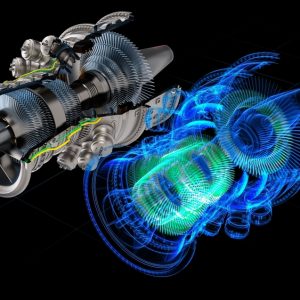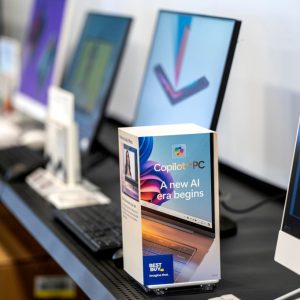
UK-based quantum computing company Quantinuum says it has used fault-tolerant logical qubits for the first time. Scientists in Japan used the trapped-ion quantum computer to calculate the ground state energy of the hydrogen molecule. This could take us towards the era of early fault tolerance and out of the current noisy quantum computing era, the company believes.

Current generation quantum computers are referred to by the acronym NISQ, which stands for noisy intermediate-scale quantum. The process of creating and manipulating qubits generates noise and leaves them prone to errors and this is true across all qubit types from photonics to the trapped-ion system used by Quantinuum. To solve the problem companies engage in software and hardware error mitigation, detection and correction. With enough physical noisy qubits, it is possible to generate a smaller number of useful, noise-free logical qubits.
It is that breakthrough, which involves pushing down errors faster than they can appear, that led to the latest advance for Quantinuum. Researchers in Japan used the H1 quantum computer, significant error mitigation efforts and three logical qubits to simulate a hydrogen atom and calculate its lowest energy state. While the actual simulation isn’t groundbreaking, it demonstrates the ability of logical qubit quantum computers to simulate chemical systems.
Dr Raj Hazra, CEO of Quantinuum, said the breakthrough moves us towards the era of early fault tolerance in quantum computing. “It was made possible thanks to the H1 quantum computer which brings together high-fidelity gate operations, all-to-all connectivity and conditional logic, with the truly world-leading algorithms, methods and error-handling techniques offered by our InQuanto chemistry platform,” he explained.
Trapped ion quantum computers use individual atoms suspended in space as qubits. Lasers are shined on the ions to manipulate and entangle their quantum states, performing quantum logic operations. The H1 can currently trap up to 20 ytterbium ions with low error rates, and with further error detection and correction can create logical qubits.
The breakthrough in quantum chemistry research from Quantinuum was made on its H1 quantum computer with three logical qubits. The company says it is an important early step towards a future where quantum computers could be used to advance molecular discovery across healthcare, energy, automotive and manufacturing sectors.
Towards the fault-tolerant quantum era
Current devices are too error-prone or noisy to achieve that level of disruption today, but major achievements in error mitigation and correction, that are making it easier to generate logical qubits, are bringing that future closer.
Quantinuum’s Japanese scientists used a process called “stochastic quantum phase estimation” which uses randomness to spot and fix errors in physical qubits, turning them into logical qubits. They ran error-corrected algorithms to simulate hydrogen atoms through the logical qubits creating more accurate and detailed results.
In a scientific preprint paper, the team of scientists led by Dr Kentaro Yamamoto used error detection code that saved quantum resources, reducing the physical qubits required to create useful error-free logical qubits. “The code saved quantum resources by immediately discarding a calculation if it detected qubits that had produced errors during the computation process,” they explained. “Simulating the hydrogen molecule and getting such good results with an early fault-tolerant algorithm on logical qubits is an excellent experimental result and reminds us how fast we continue to progress,” he said.
Yamamoto added: “This result may reflect the start of a new chapter for quantum computing professionals, where we can begin to adopt early fault-tolerant algorithms on near-term devices, using all the techniques that will ultimately be required for future large-scale quantum computing.”
This is a significant milestone for companies in healthcare, manufacturing and energy sectors looking to module and create molecules and new materials. It shows the potential for quantum computing in speeding up development or creating materials not possible to simulate on classical computers.
Both Google and IBM have shown hints of “quantum supremacy” on very specific calculations, beating out even the best classical supercomputers thanks to efforts in error mitigation and detection. Microsoft has also laid out plans for a quantum supercomputer in “years not decades”. Quantinuum says its new logical qubit algorithm will be available through its existing platform and to companies using its hardware.






